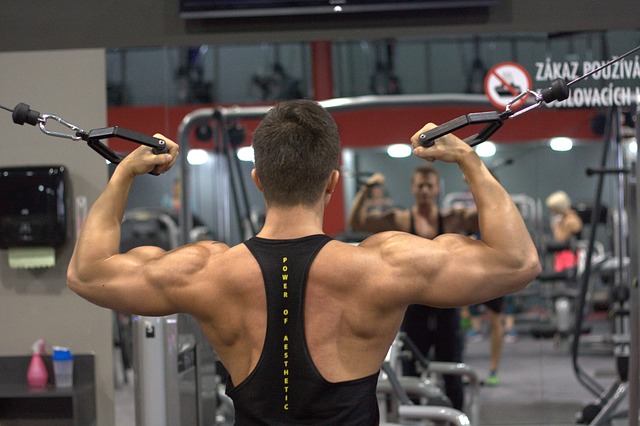Exploring the Benefits of Racewalking: A Guide to Getting Fit with Speed and Technique
When we think about exercise, the first images that come to mind often involve running, cycling, or hitting the gym. But there’s a unique and accessible form of exercise gaining traction that blends speed, technique, and endurance in a way that’s both challenging and rewarding: racewalking.
Imagine gliding down your neighborhood path with purpose, maintaining a brisk pace that’s quicker than a stroll but gentler than a full run. Racewalking is an incredible way to improve cardiovascular health, build muscular strength, and enhance coordination—all while staying low impact on your joints.
What Makes Racewalking Different?
Unlike running, where both feet can leave the ground, racewalking has one strict rule: one foot must always be in contact with the ground. Additionally, the leading leg must straighten from the moment of contact until it passes under the body. This technique creates a unique motion that’s both efficient and effective at burning calories.
For many, this focus on smooth technique turns exercise into a mindful activity, promoting mental clarity alongside physical fitness. Racewalking requires balance, rhythm, and control—qualities that refine your body awareness and bring a sense of flow to your workout.
Health Benefits That Go Beyond Fitness
- Low Impact, High Reward: Because at least one foot is always on the ground, racewalking reduces the jarring impact common in running, making it gentle on hips, knees, and ankles.
- Cardiovascular Conditioning: Moving at a brisk pace elevates your heart rate, boosting heart and lung health while improving endurance.
- Weight Management: Racewalking is an excellent calorie burner, helping you shed excess pounds or maintain a healthy weight.
- Improved Posture and Core Strength: The technique demands good posture and engages your core, enhancing overall body alignment.
- Accessible to All Fitness Levels: Whether you’re a beginner or an experienced athlete recovering from injury, racewalking offers a scalable workout option.
Getting Started: Tips for Beginners
If you’re inspired to incorporate racewalking into your exercise routine, here are some practical tips to ease into the practice:
- Learn the Technique: Watch tutorial videos or join a class to understand the specific movement patterns essential to racewalking.
- Start Slow: Begin with shorter distances at a comfortable pace, focusing on form over speed.
- Use Proper Footwear: Invest in walking shoes with good support and cushioning to protect your feet.
- Warm Up and Cool Down: Prioritize stretching and mobility exercises to prepare your muscles.
- Stay Consistent: Like any fitness habit, the benefits multiply when practiced regularly.
Join a Community and Stay Motivated
One of the most rewarding aspects of racewalking is the community that surrounds it. Many cities offer clubs or groups dedicated to racewalking where you can find encouragement, share tips, and participate in friendly competitions. Engaging with others not only motivates you but also enriches your experience, making exercise a social and enjoyable part of your lifestyle.
Whether you’re seeking a new fitness challenge, a low-impact way to stay active, or a technique-focused workout that sharpens both body and mind, racewalking is a fantastic option. By embracing its unique rhythm and pace, you might just discover a new passion that transforms your approach to health and exercise.

